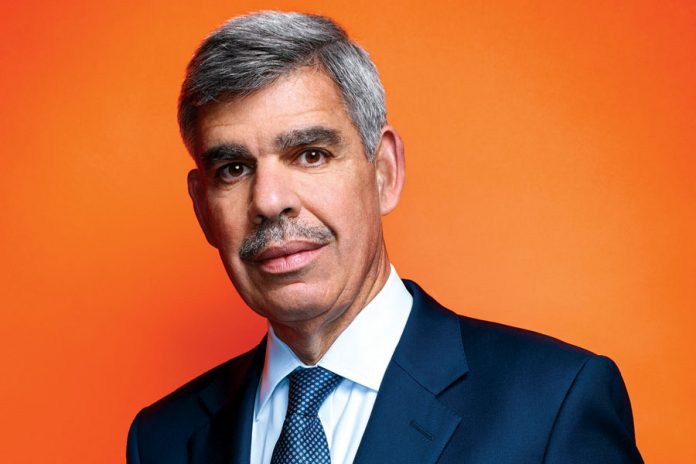Yields up, stocks down. The market fell slightly this morning as the 10-year Treasury yield jumped above 3.00% again. With little to be excited about ahead of Friday’s Consumer Price Index (CPI) release, investors continue to look nervous.
And rightfully so.
Wall Street had nothing positive to say today as Credit Suisse and Bank of America both issued bearish guidance. The former cited tight monetary policy and the war in Ukraine as reasons the bank could potentially report a loss in Q2. B of A analysts then downgraded Target (NYSE: TGT) from a “buy” rating to “neutral” in response to the retailer’s most recent earnings revision.
Thankfully, for bulls, the Atlanta Fed swooped in and saved the morning session from deeper losses by reporting a GDP growth rate of just 0.9% for Q2. Last week, the growth rate tracker (called GDPNow) was estimating a Q2 growth rate of 1.3% by comparison.
Sagging mortgage interest boosted confidence in the bear market rally as well when the Mortgage Bankers Association reported that mortgage demand hit a 22-year low last week. This, coupled with the Atlanta Fed’s Q2 GDP revision, supported the theory that a recession may be imminent – something bulls are hoping for as they believe it would cause the Fed to stop hiking rates in September.
Still, some analysts remain skeptical that the “bad news is good news” narrative makes sense.
“The markets have been taking this news much better than they would have otherwise, but if I were fully invested right now, I’d take some chips off the table. I would wait for more value to be created,” said Allianz chief economic advisor Mohamed El-Erian.
El-Erian has been bearish about the market’s long-term prospects for well over a year, now. He spent the better part of 2021 warning investors that, when the Fed eventually started to raise rates, stocks would enter a vicious bear market.
This year, his prediction proved to be a mostly accurate one. Plenty of other analysts – myself included – had a similar outlook. And though the Fed’s May meeting minutes, released two weeks ago, pointed to a rate hike pause in September, El-Erian isn’t buying it.
“I’m very puzzled by this notion that they should pause in September,” he said in a June 1st interview.
Without continued hikes well past September, El-Erian argued that “we’re going to be talking about this problem next year, and the consequences are not just for the markets but for the real economy and the most vulnerable segment of our society are going to be even more consequential.”
El-Erian believes that the Fed should keep the hikes coming until inflation is under control. Stopping the hikes ahead of time in anticipation of falling inflation, he theorized, may only make matters worse for an already confused market.
“We’ve got to get this under control quickly otherwise it’s going to undermine a lot of things next year, economically, socially, and institutional, let alone the political consequences that you talked about,” El-Erian concluded.
And he’s absolutely right. But will the Fed heed his advice?
No, probably not. El-Erian sounded the alarm last year on inflation and said the hikes needed to start in 2021. The Fed didn’t listen.
Last week, Fed Chairman Jerome Powell admitted that the Fed began to reign-in inflation too late. Despite this, it’s unlikely that he’ll take El-Erian’s comments into consideration this time around.
So, unless Friday’s CPI release comes in hotter-than-expected, the bull case for a September “hike halt” should remain the highest probability outcome for the current tightening cycle.
If the May CPI beats estimates, however, look out below, because the market truly believes that only three more 50 basis point hikes are on their way. If that narrative dies, bulls will have absolutely nothing to look forward to over the next six months.
All while gas is expected to climb above $6.00 per gallon in the US during peak driving season, further crushing consumers and corporations alike.








